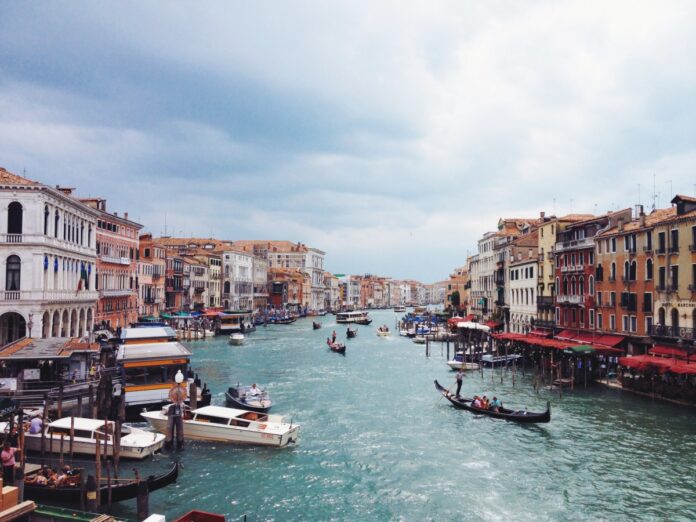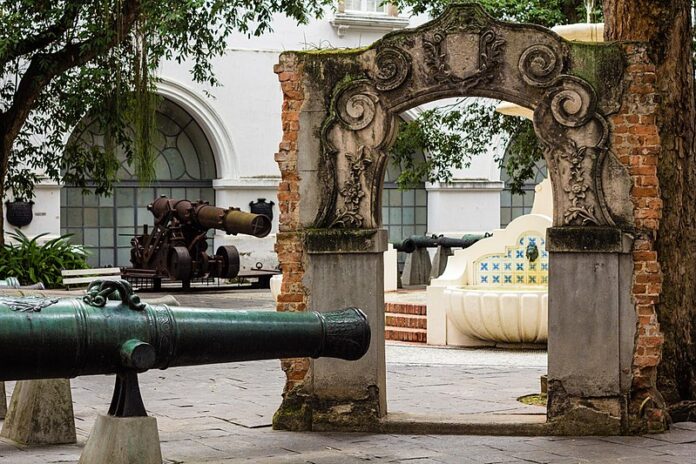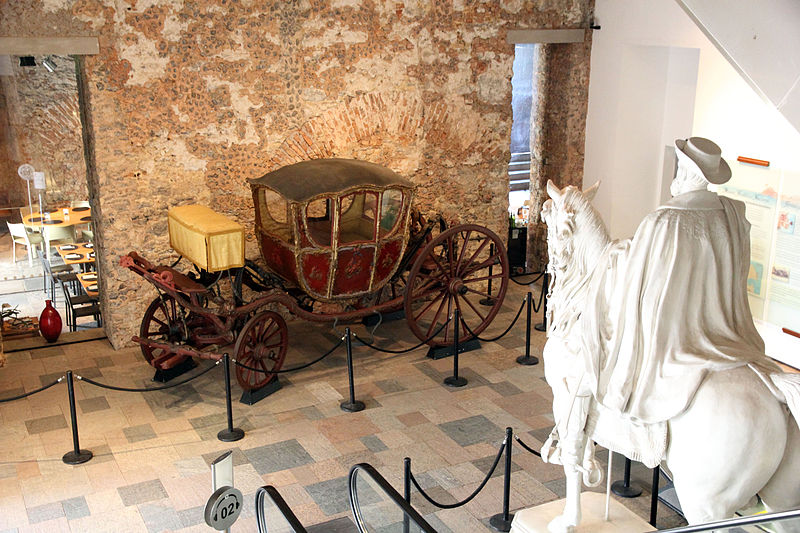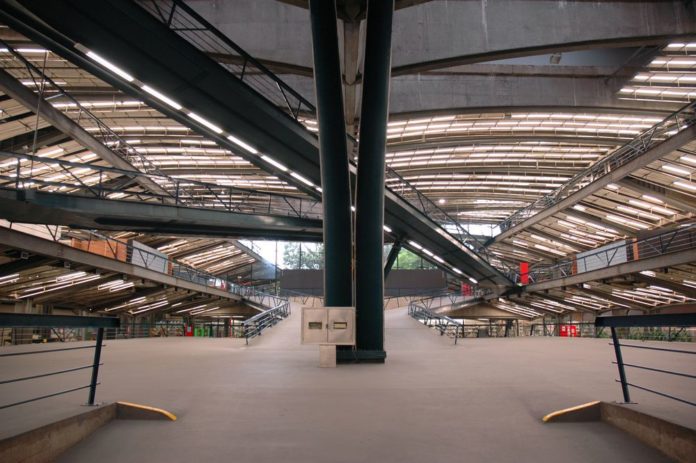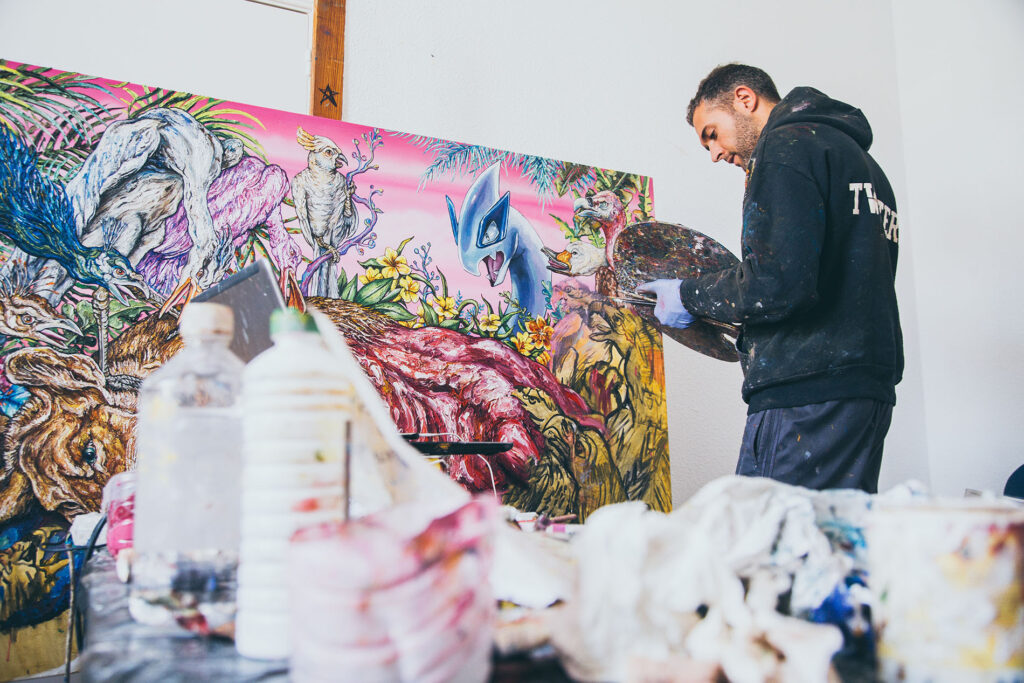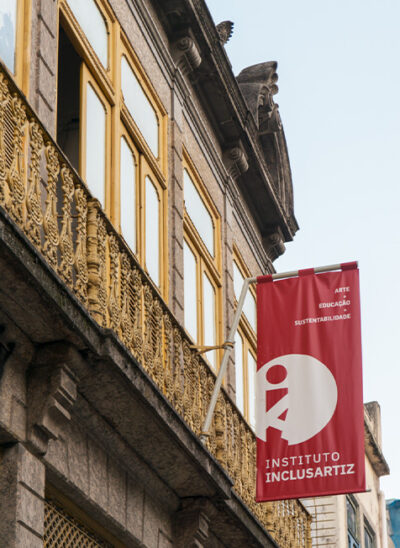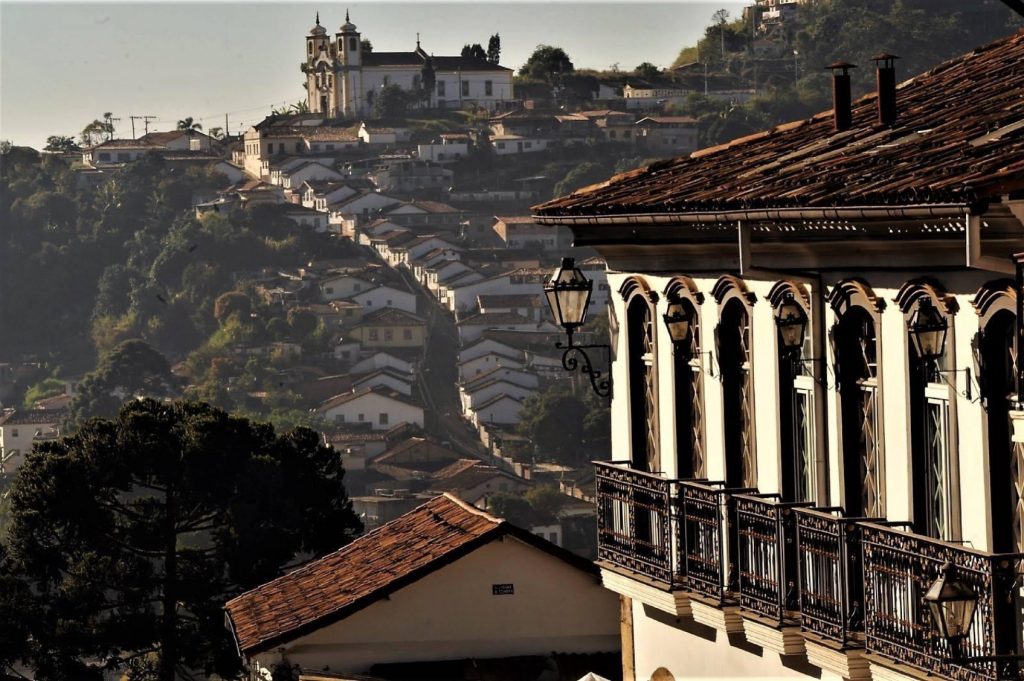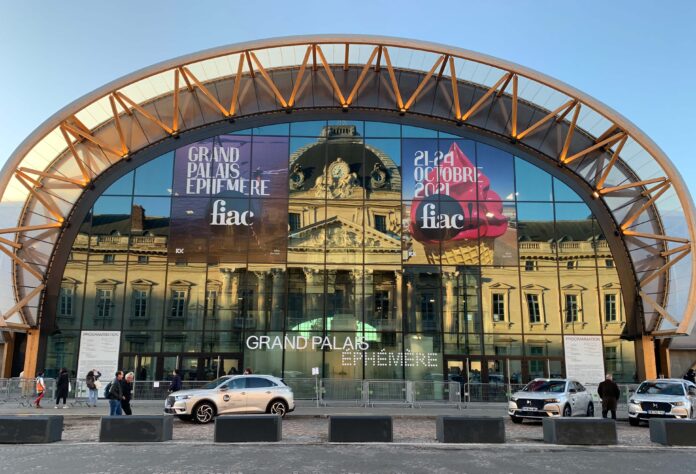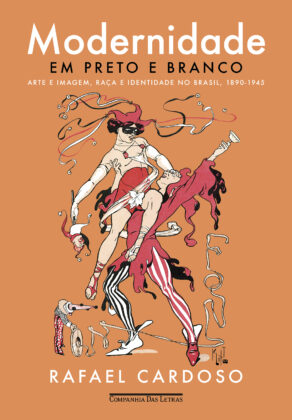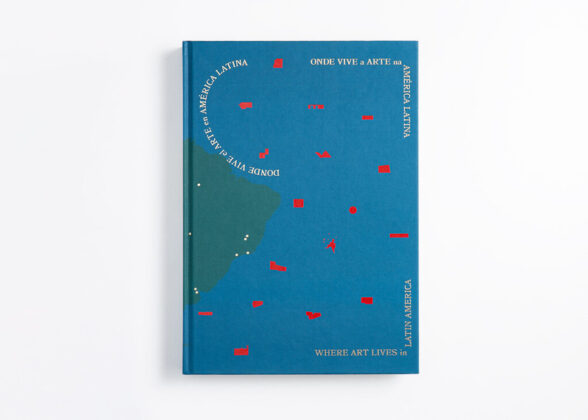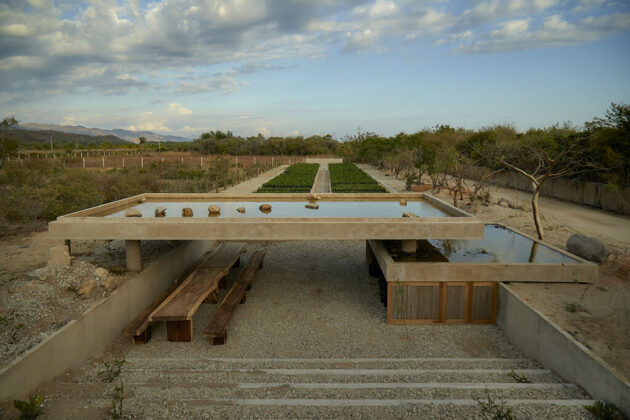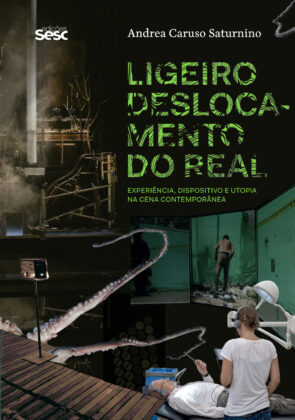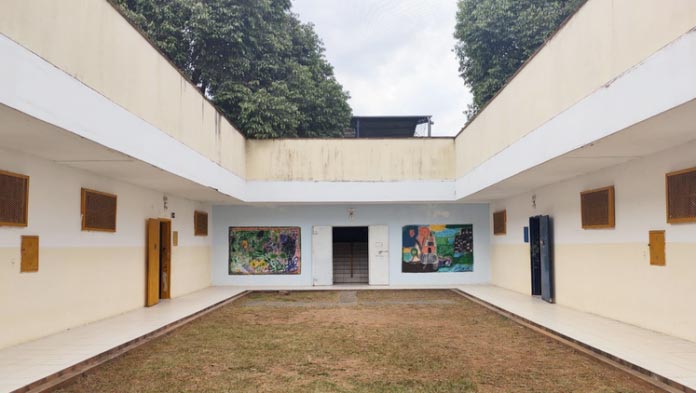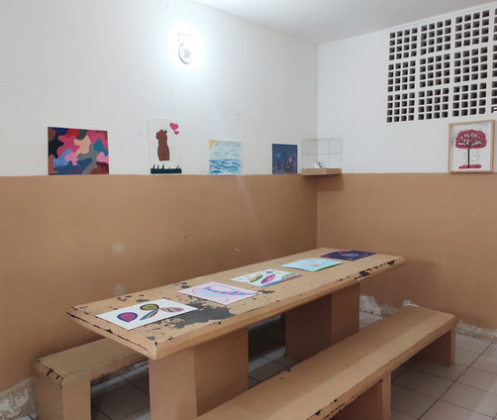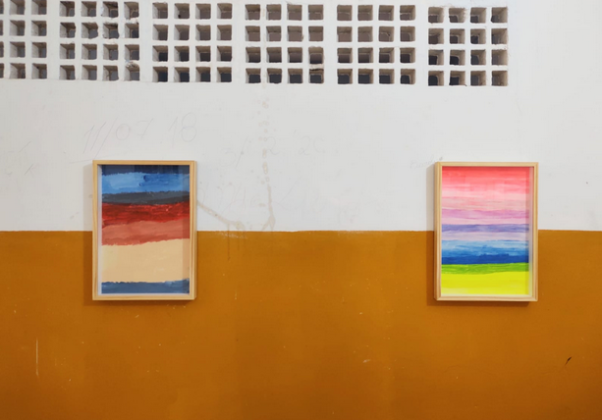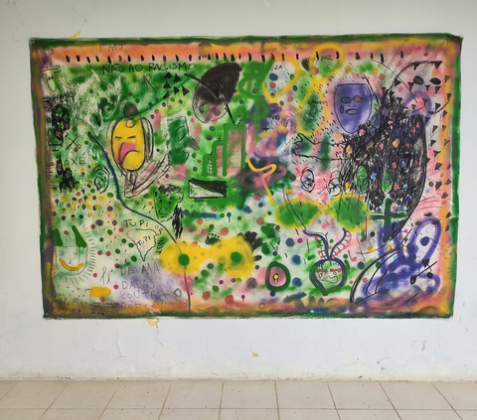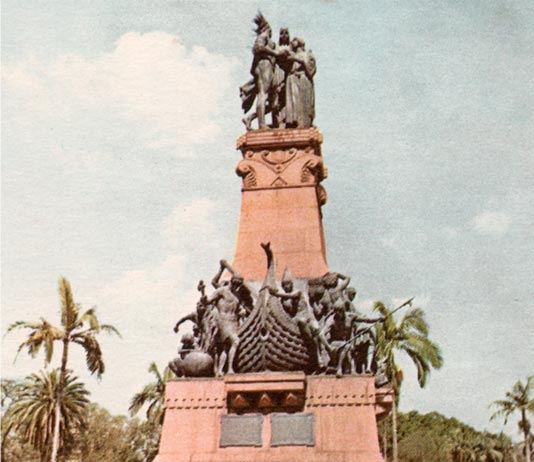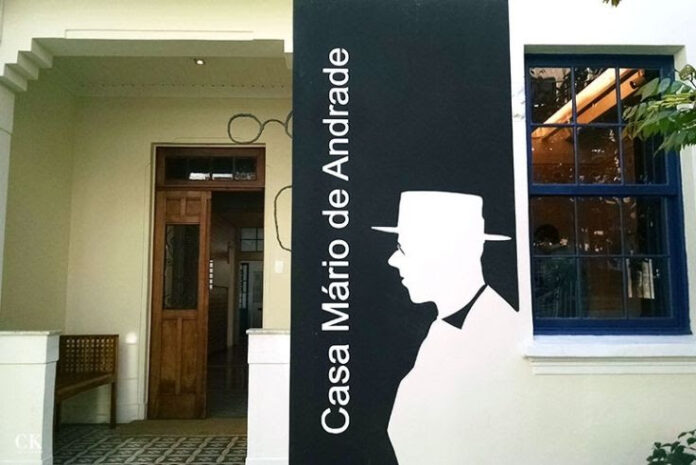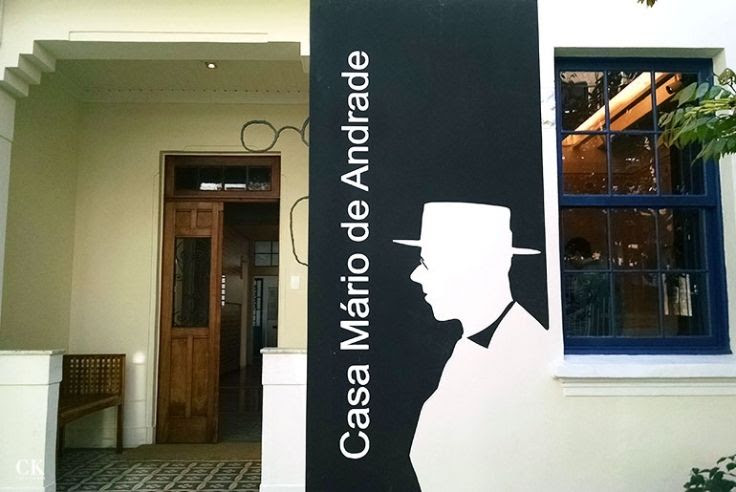Bienal de Veneza, a mais antiga mostra do seu tipo, retorna em 2022 para sua 59ª edição – após um ano de atraso devido às restrições sanitárias impostas pela pandemia – tendo início marcado para 23 de abril e finalização em 27 de novembro. Por conta do atraso, aliás, ela coincidirá com a Documenta, a quinquenal de Kassel, na Alemanha.
Nesta quarta-feira, dia 2 de fevereiro, a organização do evento liberou os nomes dos 213 participantes advindos de 58 países. Nações como Camarões, Namíbia, Nepal, Omã e Uganda serão representadas pela primeira vez no evento, que já é considerado o mais internacionalmente diverso. Entre os artistas selecionados estão cinco brasileiros: Lenora de Barros, Luiz Roque, Rosana Paulino, Solange Pessoa e Jaider Esbell, falecido recentemente.

Intitulada The Milk of Dreams, a exibição principal da Bienal de Veneza está a cargo de Cecilia Alemani, diretora e curadora chefe do High Line Art de Nova York. Tal título é uma referência a uma série de desenhos que mais tarde foram transformados em livro infantil pela artista surrealista Leonora Carrington. Segundo Alemani, a mostra se concentrará em três áreas distintas: “A representação de corpos e suas metamorfoses; a relação entre indivíduos e tecnologias; a conexão entre os corpos e a Terra”. Embora seja focada em jovens artistas ainda não completamente reconhecidos pelo circuito, a Bienal também contará com cinco “cápsulas do tempo” de figuras renomadas, que apresentarão obras inéditas e históricas, emprestadas de museus e coleções, instaladas em conjunto com as obras contemporâneas da mostra.
Inédito para a edição de 2022 também é o primeiro “College Arte” da história da Bienal, que agora ladeia os dedicados ao cinema, à dança, ao teatro e à música. Serão embarcados financeiramente pela iniciativa os projetos artísticos de Simnikiwe Buhlungu, Ambra Castagnetti, Andro Eradze e Kudzanai-Violet Hwami. Os quatro artistas receberão uma bolsa de 25 mil euros para a realização do seu trabalho final e as obras serão apresentadas na Bienal fora de competição. Mais de 250 jovens artistas emergentes com menos de 30 anos aderiram à chamada para participação, deles a maioria mulheres.
Confira a lista completa dos artistas divulgados:
1. Noor Abuarafeh
2. Carla Accardi
3. Igshaan Adams
4. Eileen Agar
5. Monira Al Qadiri
6. Sophia Al-Maria
7. Ozlem Altın
8. Marina Apollonio
9. Gertrud Arndt
10. Ruth Asawa
11. Shuvinai Ashoona
12. Belkis Ayón
13. Firelei Báez
14. Felipe Baeza
15. Josephine Baker
16. Djuna Barnes
17. Mária Bartuszová
18. Benedetta
19. Mirella Bentivoglio
20. Merikokeb Berhanu
21. Tomaso Binga
22. Cosima von Bonin
23. Louise Bonnet
24. Marianne Brandt
25. Kerstin Brätsch
26. Dora Budor
27. Eglė Budvytytė
28. Liv Bugge
29. Simnikiwe Buhlungu
30. Miriam Cahn
31. Claude Cahun
32. Elaine Cameron-Weir
33. Milly Canavero
34. Leonora Carrington
35. Regina Cassolo Bracchi
36. Ambra Castagnetti
37. Giulia Cenci
39. Gabriel Chaile
40. Ali Cherri
41. Anna Coleman Ladd
42. Ithell Colquhoun
43. Myrlande Constant
44. June Crespo
45. Dadamaino
46. Noah Davis
47. Lenora de Barros
48. Valentine de Saint-Point
49. Lise Deharme
50. Sonia Delaunay
51. Agnes Denes
52. Maya Deren
53. Lucia Di Luciano
54. Ibrahim El-Salahi
55. Sara Enrico
56. Chiara Enzo
57. Andro Eradze
58. Jaider Esbell
59. Jana Euler
60. Minnie Evans
61. Alexandra Exter
62. Jadé Fadojutimi
63. Jes Fan
64. Safia Farhat
65. Simone Fattal
66. Célestin Faustin
67. Leonor Fini
68. Elsa von Freytag-Loringhoven
69. Katharina Fritsch
70. Ilse Garnier
71. Aage Gaup
72. Linda Gazzera
73. Ficre Ghebreyesus
74. Elisa Giardina Papa
75. Roberto Gil de Montes
76. Nan Goldin
77. Jane Graverol
78. Laura Grisi
79. Karla Grosch
80. Robert Grosvenor
81. Aneta Grzeszykowska
82. Sheroanawe Hakihiiwe
83. Florence Henri
84. Lynn Hershman
85. Charline von Heyl
86. Hannah Höch
87. Jessie Homer French
88. Rebecca Horn
89. Georgiana Houghton
90. Sheree Hovsepian
91. Tishan Hsu
92. Marguerite Humeau
93. Jacqueline Humphries
94. Kudzanai-Violet Hwami
95. Tatsuo Ikeda
96. Saodat Ismailova
97. Aletta Jacobs
98. Geumhyung Jeong
99. Charlotte Johannesson
100. Loïs Mailou Jones
101. Jamian Juliano-Villani
102. Birgit Jürgenssen
103. Ida Kar
104. Allison Katz
105. Bronwyn Katz
106. Kapwani Kiwanga
107. Kiki Kogelnik
108. Barbara Kruger
109. Tetsumi Kudo
110. Gabrielle L’Hirondelle Hill
111. Louise Lawler
112. Carolyn Lazard
113. Mire Lee
114. Simone Leigh
115. Hannah Levy
116. Tau Lewis
117. Shuang Li
118. Liliane Lijn
119. Candice Lin
120. Mina Loy
121. Antoinette Lubaki
122. LuYang
123. Zhenya Machneva
124. Baya Mahieddine
125. Maruja Mallo
126. Joyce Mansour
127. Britta Marakatt-Labba
128. Diego Marcon
129. Sidsel Meineche Hansen
130. Maria Sibylla Merian
131. Vera Molnár
132. Delcy Morelos
133. Sister Gertrude Morgan
134. Sandra Mujinga
135. Mrinalini Mukherjee
136. Nadja
137. Louise Nevelson
138. Amy Nimr
139. Magdalene Odundo
140. Precious Okoyomon
141. Meret Oppenheim
142. Ovartaci
143. Virginia Overton
144. Akosua Adoma Owusu
145. Prabhakar Pachpute
146. Eusapia Palladino
147. Violeta Parra
148. Rosana Paulino
149. Valentine Penrose
150. Elle Pérez
151. Sondra Perry
152. Solange Pessoa
153. Thao Nguyen Phan
154. Julia Phillips
155. Joanna Piotrowska
156. Alexandra Pirici
157. Anu Põder
158. Gisèle Prassinos
159. Christina Quarles
160. Rachilde
161. Janis Rafa
162. Alice Rahon
163. Carol Rama
164. Paula Rego
165. Edith Rimmington
166. Enif Robert
167. Luiz Roque
168. Rosa Rosà
169. Niki de Saint Phalle
170. Giovanna Sandri
171. Pinaree Sanpitak
172. Aki Sasamoto
173. Augusta Savage
174. Lavinia Schulz and Walter Holdt
175. Lillian Schwartz
176. Amy Sillman
177. Elias Sime
178. Marianna Simnett
179. Hélène Smith
180. Sable Elyse Smith
181. Teresa Solar
182. Mary Ellen Solt
183. P. Staff
184. Sophie Taeuber-Arp
185. Toshiko Takaezu
186. Emma Talbot
187. Dorothea Tanning
188. Bridget Tichenor
189. Tecla Tofano
190. Josefa Tolrà
191. Tourmaline
192. Toyen
193. Rosemarie Trockel
194. Wu Tsang
195. Kaari Upson
196. Andra Ursuta
197. Grazia Varisco
198. Remedios Varo
199. Sandra Vásquez de la Horra
200. Marie Vassilieff
201. Cecilia Vicuña
202. Nanda Vigo
203. Marianne Vitale
204. Raphaela Vogel
205. Meta Vaux Warrick Fuller
206. Laura Wheeler Waring
207. Ulla Wiggen
208. Mary Wigman
209. Müge Yilmaz
210. Frantz Zéphirin
211. Zheng Bo
212. Unica Zürn
213. Portia Zvavahera

